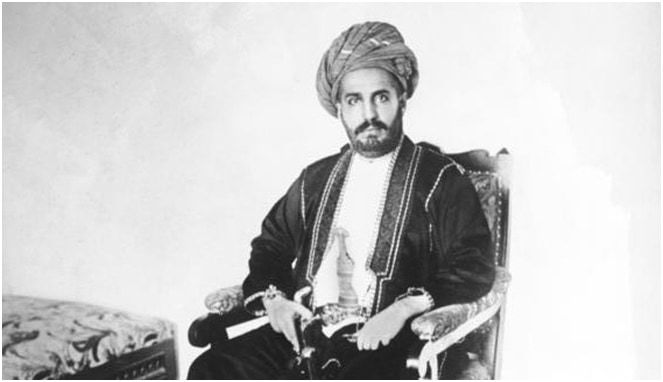History is full of long wars that last for decades. Such conflicts can have millions of casualties and take a toll on the societies involved in the fight. However, there are also some remarkably short ‘wars’ that are seemingly over in the blink of an eye. The lasting consequences of such conflicts can also be profound as seen in the remarkable 1896 Anglo-Zanzibar War which is by some distance the shortest war ever. Estimates of the war’s duration range from 38 to 45 minutes with approximately 500 casualties and the easiest of victories for the British forces.

Background
Zanzibar is a small island in the Indian Ocean off the coast of East Africa. Portuguese settlers claimed it in 1499 but were expelled by the Sultans of Oman in 1698. It was declared independent of Oman in the 19th century and became the Sultanate of Zanzibar on October 19, 1856.
By 1886, Britain recognized Zanzibar’s sovereignty and enjoyed good relations with the island. Germany showed interest in East Africa and a series of skirmishes between the major powers occurred. Eventually, the two nations came to an agreement and signed the Heligoland-Zanzibar Treaty in 1890. Germany took control of mainland Tanzania while Britain retained her interest in Zanzibar. The island was named a protectorate of British Empire, and Sultan Hamad bin Thuwani was installed as a puppet ruler in 1893.
Hamad ruled peacefully for three years, but sources suggest he was poisoned by his cousin Khalid bin Barghash in a coup on August 25, 1896. While no one knows for sure if Khalid was responsible, it seems suspicious that he moved into the palace mere hours after the death of Hamad. He proclaimed himself as Sultan without British approval. Basil Clive was the chief diplomat in the area and told Khalid to stand down. The new sultan was in no mood to surrender his crown. Not only did he ignore the warnings, but he also assembled troops around the palace.
By the end of the day, Khalid had 3,000 armed guards at his disposal. Funnily enough, their weapons were mainly gifts from the British! It’s hard to know what was going through the new sultan’s mind as he placed a poorly armed Royal Yacht in the nearby harbor in addition to his small force. Perhaps he felt the British would try to avoid a conflict and allow him to rule as their puppet?
In any case, there were already two British warships in the harbor (HMS Rush and HMS Philomel). Troops were sent to protect the British Consulate and also to prevent rioting. Cave asked for more backup, and the HMS Sparrow was in the harbor that evening. By now, Cave knew he had more than enough military force to deal with the rebellious Sultan, but he couldn’t order an attack without government approval.
He sent a telegram asking for permission to quell the rebellion and gave various ultimatums to Khalid. On the morning of August 26, the HMS St. George and HMS Raccoon arrived in the harbor, and Cave was given the go-ahead to attack. He issued one final ultimatum to Khalid by ordering him to leave the palace by 9 am. At 8.30 am the following morning, Cave received a message from the Sultan. Khalid said he would not exit the palace and didn’t believe the British would fire on him. He was wrong.

